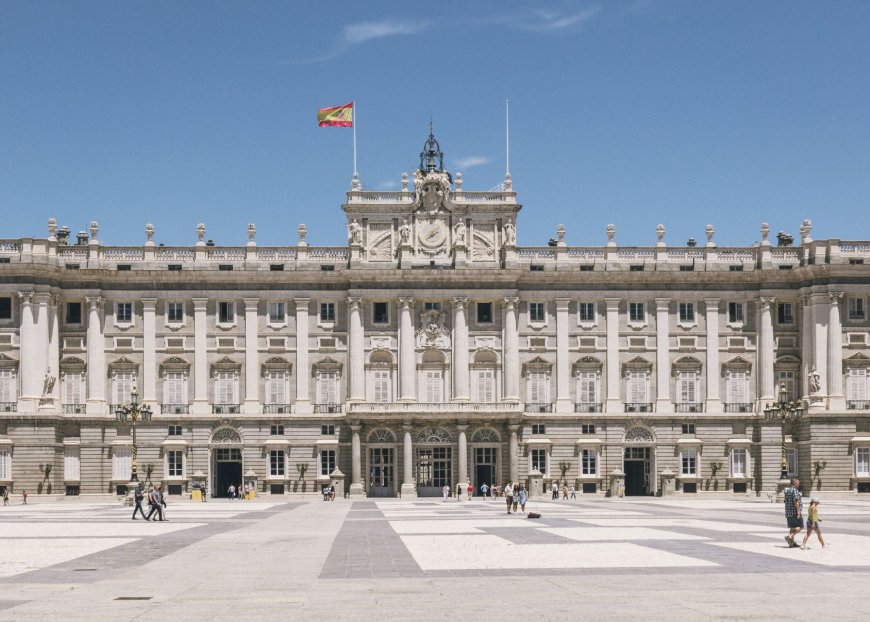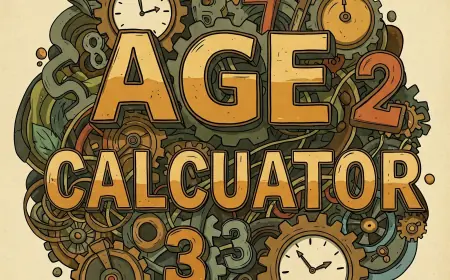Exploring the Majestic Royal Palace of Madrid: A Journey Through Spain’s Regal History
the Royal Palace of Madrid is more than just a historic building; it is a living museum that offers a glimpse into the grandeur and complexity of Spain’s past.

The Royal Palace of Madrid, or Palacio Real, stands as one of Spain’s most iconic and majestic landmarks. Situated in the heart of Madrid, this grandiose structure not only serves as the official residence of the Spanish royal family but also as a symbol of Spain’s rich and vibrant history. Although the current royal family does not reside in the palace, it remains an active and significant part of Spain’s cultural and ceremonial life.
The origins of the Royal Palace of Madrid can be traced back to the 9th century when the Moors built a fortress on the site. However, it was not until the 18th century, under the reign of King Philip V, that the current palace was constructed. The earlier Alcázar was destroyed by a fire in 1734, and King Philip V decided to rebuild a palace that would reflect the grandeur and power of Spain. The design was entrusted to Italian architect Filippo Juvarra, although the work was completed by his disciple, Giovanni Battista Sacchetti. The palace, with its baroque architectural style, embodies the ambitions of the Spanish monarchy at its height. Visitors today are often drawn to the palace's opulence, and obtaining Royal Palace of Madrid tickets is a gateway to exploring this treasure trove of history and art.
The palace's architecture and design are nothing short of breathtaking. The exterior is a testament to Baroque art, with its intricate detailing and symmetrical forms. The palace is surrounded by beautiful gardens, including the Campo del Moro and the Sabatini Gardens, which offer serene settings for a leisurely stroll. The Plaza de la Armería, the grand square in front of the palace, is where many state ceremonies are held. This square provides a panoramic view of the city and the palace itself, making it a perfect spot for photographers and history enthusiasts alike.
Inside, the Royal Palace of Madrid houses over 3,000 rooms, each more opulent than the last. The Grand Staircase, designed by Sabatini, is an impressive introduction to the palace’s interior. As you ascend the staircase, you are greeted by magnificent frescoes, gilded moldings, and marble sculptures, all contributing to an overwhelming sense of grandeur. The Throne Room, with its red velvet walls and ceiling adorned with a fresco by Tiepolo, is perhaps the most iconic room in the palace. It is here that the king receives ambassadors and other dignitaries. The Hall of Mirrors, reminiscent of the one at Versailles, showcases the influence of French design on Spanish architecture. Each room in the palace tells a story of Spain’s royal past, with furnishings, paintings, and decorations that reflect the tastes and influences of different monarchs.
One of the palace’s most important collections is its collection of royal armory. The Royal Armory, located in the palace’s basement, is one of the finest in the world, with pieces dating back to the 13th century. The collection includes armor worn by kings and nobles, as well as weapons and other military artifacts. These pieces not only highlight the military prowess of Spain but also the artistry and craftsmanship of the time. The Royal Chapel, another highlight, houses a collection of religious relics, including a piece of the True Cross. The chapel’s altar, adorned with a stunning painting by Mengs, is a focal point for those interested in religious art.
The palace is not only a monument to Spain’s past but also a living part of its cultural heritage. It continues to host official state events, including banquets, receptions, and ceremonies. One of the most anticipated events is the Changing of the Guard, which takes place every Wednesday and Saturday. This event, complete with soldiers in traditional uniforms, cavalry, and a military band, draws crowds from around the world. It is a spectacle that transports visitors back to a time of grandeur and pageantry.
Visitors to the Royal Palace of Madrid can also explore its extensive art collection, which rivals those of the world’s most famous museums. The palace houses works by some of Spain’s most renowned artists, including Goya, Velázquez, and Caravaggio. The Royal Library, with its collection of rare books, manuscripts, and maps, is another treasure trove for history buffs. The library’s most prized possession is a collection of musical scores by some of the world’s greatest composers, including Beethoven and Mozart.
While the Royal Palace of Madrid is a symbol of Spain’s royal history, it is also a symbol of the nation’s resilience. Having survived fires, wars, and political upheavals, the palace stands as a testament to Spain’s enduring spirit. Today, it is one of Madrid’s most visited landmarks, attracting millions of tourists every year.
What's Your Reaction?
 Like
0
Like
0
 Dislike
0
Dislike
0
 Love
0
Love
0
 Funny
0
Funny
0
 Angry
0
Angry
0
 Sad
0
Sad
0
 Wow
0
Wow
0




















































